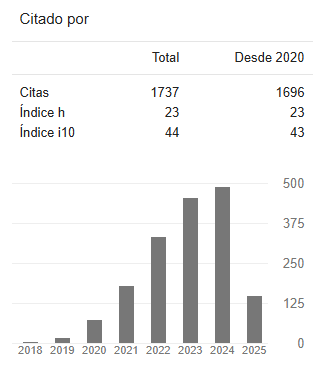Read to write a scientific article
To publish in scientific journals the first task is to read a daily article on topics of interest. The author must be attentive to what others publish, as it gives us the opportunity to propose topics that have not yet been developed.
We are aware that, in general, no one has taught us how to write for publication. Reading and understanding a scientific article can often cause laziness, fear, bewilderment, regret, anger, but at first it is normal, it is natural to feel this way. The need to fulfill a teaching and research role, either to keep the job or to move up in salary level, forces us to develop the ability to write, and if you achieve enough patience and practice your article will be published.
Guide to reading a scientific article
It is recommended that you read an article by following these steps:
Author's affiliation. It is important to know which university the author is from, as the article is usually more interesting or of better quality when the university enjoys greater prestige.
Sections of the article. You must take into account: title (to propose something interesting), summary, introduction, methods and material, results, conclusions and interpretations.
Methodology of the article. It is important to read which methods have been used in the article, this will allow you to propose an original topic.
Read the results. Write a summary of the results that you find in the tables or figures of the article, if you have experience with statistics this will help you, otherwise just list them. Quality scientific articles generally have many tables and figures.
See how the tables and figures are referenced. The Cátedra Magazine provides this information. We invite you to read the template and structure of the article at http://revistadigital.uce.edu.ec/index.php/CATEDRA
Read the conclusion, the discussion and the interpretation. How do the authors interpret the results, is it possible to interpret them differently, do the readers identify any weaknesses and there may be your chance to create something new. After that, check the summary again.
To get an active and beneficial reading you need to ask yourself the following questions: how would I have done it, would I have put in the same figures and tables, would I have explained the method in the same way, would I have done the same discussion of the results? , "if you make the article too easy to read, everyone will know how you got the result!" | Source: PhD Comics / Jorge Cham
Verónica Simbaña-Gallardo








